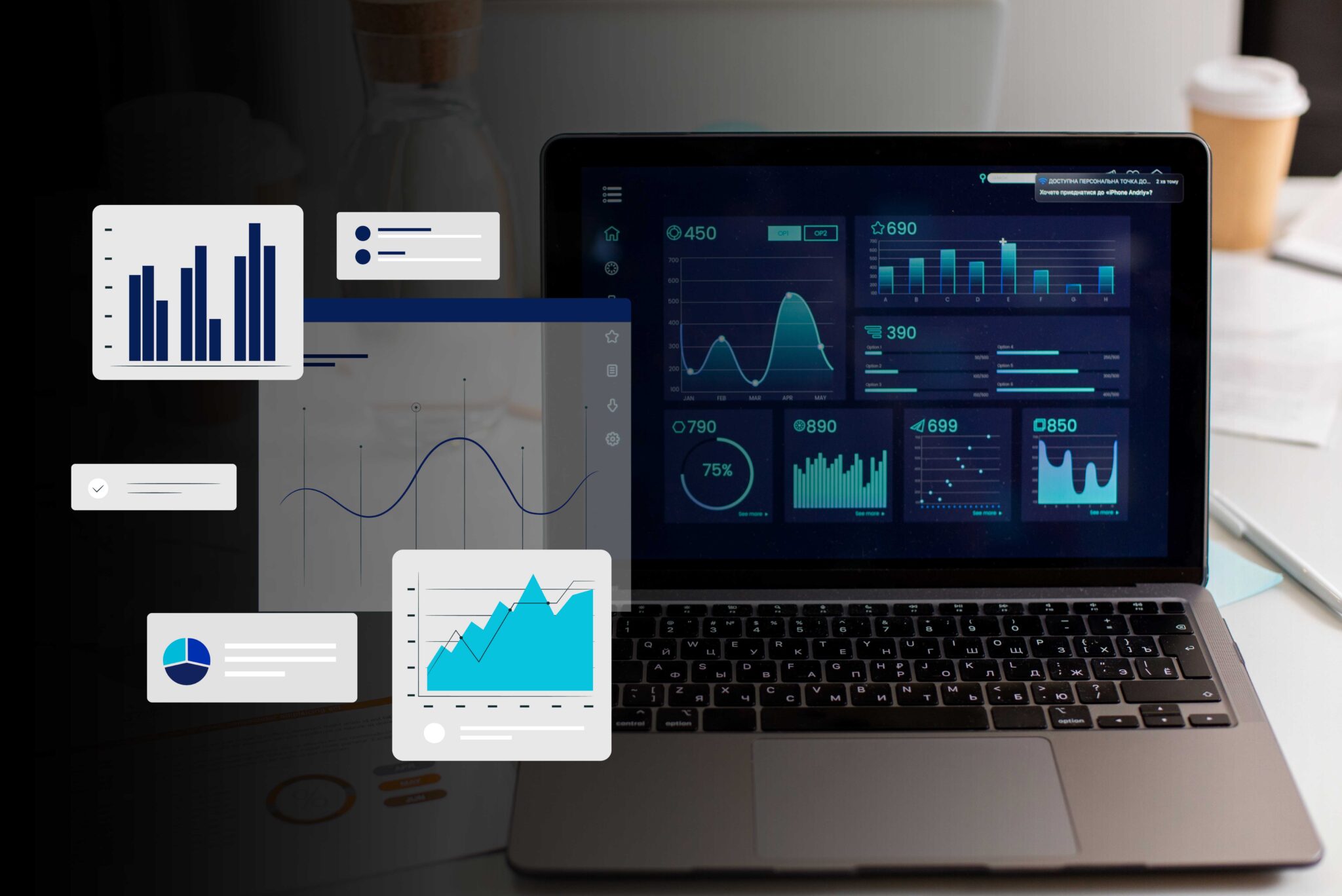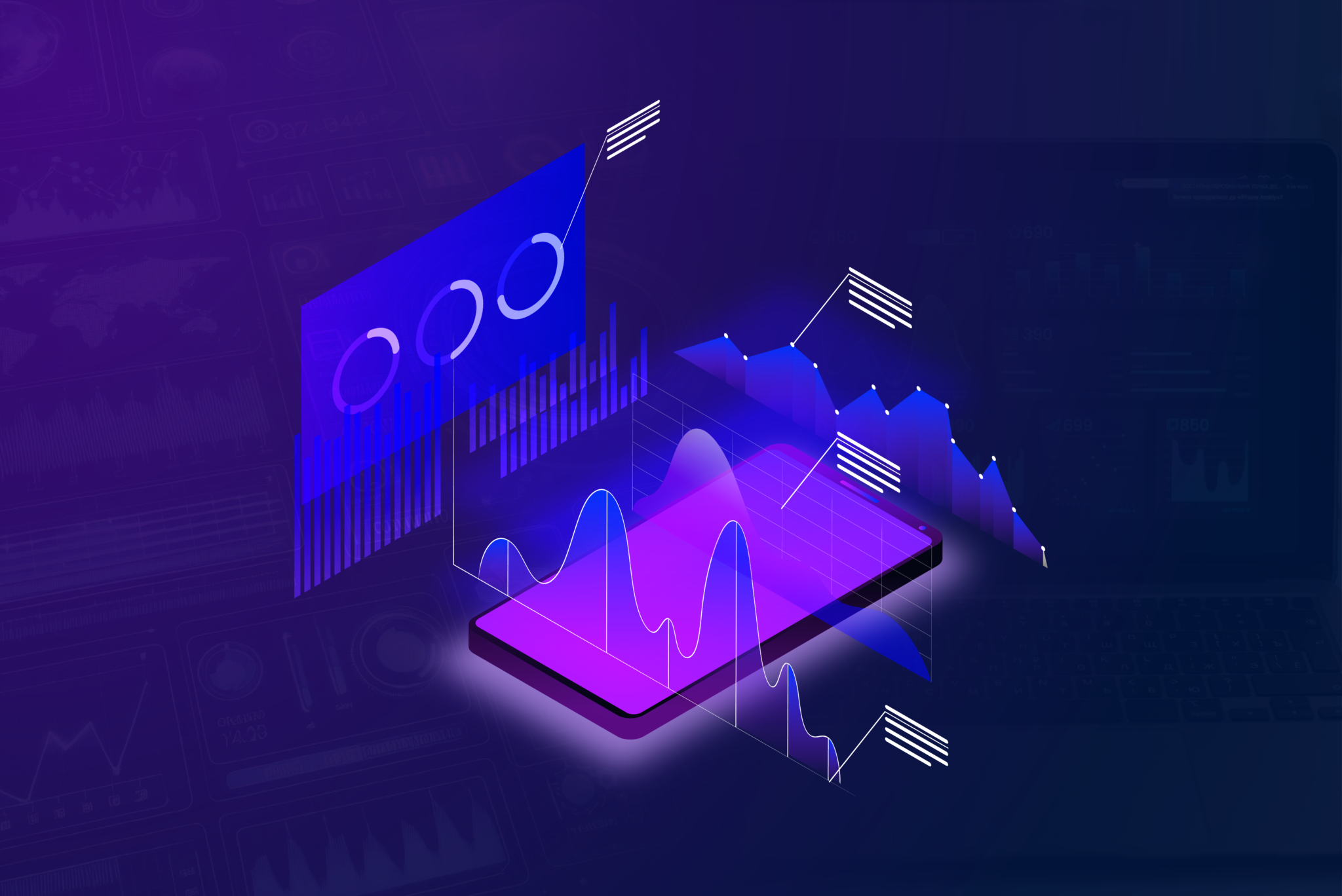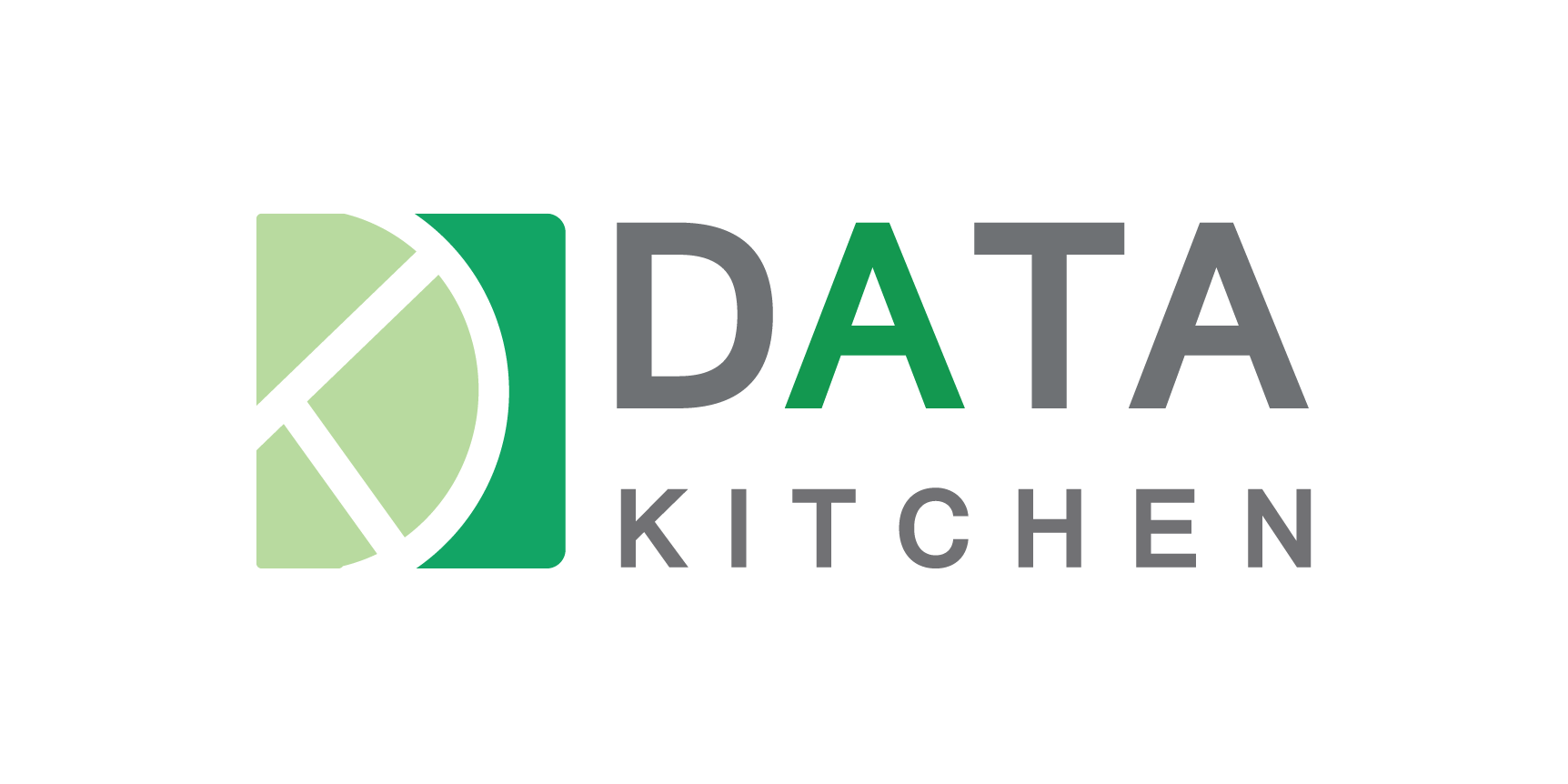Introduction
Azure data Factory is a well-known name in the tech world to transform your available data. Information received from data is the center point on which businesses approach for success. In today’s competitive world it is important to adapt to the latest technology and speed to use the information correctly at the right time. It is possible that sometimes you must raise your efforts to get high quality data. To approach the real power of data you need to transform it into meaningful information. Azure Data Factory- ADF will effectively support you in transforming your data into valued information. This content will give you step-by-step guiding details and will make your data transformation task easier in Azure Data Factory.
Step-by-step guide to transform data in Azure Data Factory - ADF
Check-out the mentioned steps to give a superpower to your data by using the traditional but efficient power of Azure Data Factory.
- Step 1 – Setting the Stage Before : updating you about data transformation, let me tell you what the most important thing is to do. First of all, ensure that everything is in its right place. Set up an Aure Data Factory account. set-up will make your access easy and support your data transformation pipeline.
- Step 2 – Data Ingestion : The next step to do data transformation in Azure data Factory is data ingestion. Now raise your efforts to bring all your data to Azure Data Factory. There are various sources which will allow this process. Azure Blob Storage and Azure SQL Database Data are two examples of such types of sources. So, use them and enjoy flawless data transformation.
- Step 3 – Create a Pipeline : You need to perform a group of activities to transform your data. Creating a pipeline in Azure Data Factory streamlines your data transformation process. It guides you on the upcoming activities and steps to avoid any misunderstanding or mistake.
- Step 4 – Add Activities : Once you have created the pipeline your next step is to add your activities. You may find a wide range of activities in Azure Data Factory. Some of these activities are data copy, data transformation and data flow. Checkout your goals and select the exact activity required from Azure Data Factory and arrange them in desired order in your pipeline.
- Step 5 – Data Transformation : Well, we reached half of the total distance from our raw data to transformed data in Azure Data Factory. Data transformation is an exciting step. If you have a dataset with unstructured fata, Azure Data Factory will save your time and effort and will serve best-in-class results. It will clean, reshape, and filter your messy data. This step will prepare your data for analysis.
- Step 6 – Mapping Data : You have your sourced data and you want to move through the process to transform it. Data mapping will set your processing route with a targeted data structure. That helps you with seamless mapping solutions to approach data transformation in Azure Data Factory.
- Step 7 – Debugging : If you have done all steps for transformation, then also there is a risk of having error. Debugging is the process that eliminates the errors from data by trials. You can get debugging tools in Azure Data Factory. The use of this process will make your transformation process smooth and fast.
- Step 8 – Monitoring and Management : You cannot sit beside and rest while your data is in pipeline and running. It becomes important to monitor the performance of data. You can use the monitoring tool of Azure Data Factory. This is an in-bult feature of Azure Data factory that sends alerts to notify you of any issue during the process. So, try this feature and stay up to date by monitoring and data management steps while your data is running through the pipeline.
- Step 9 – Scheduling : You are doing great and it’s time to give a tap on your back. Now let us discuss a misconception about this process. Many people believe that once they have transformed their data, they don’t need to do it again. This is wrong. This is a process that you need to repeat every time to transform raw data into useful information. Data transformation is not a one-time affair. You’ll likely want to automate the process to run at specific intervals, whether it’s daily, weekly, or monthly. Azure Data Factory allows you to schedule your pipelines, ensuring that your data is consistently transformed and ready for analysis.
- Step 10 – Output Destination :Now select a destination to store your data. Azure SQL Data Warehouse, Azure Synapse Analytics, and Azure Blob Storage are some options by Azure data factory where you can ensure the security of your data which is transformed.
In my opinion ADF is a very powerful and user-friendly tool to perform data integration and data transformation. This pocket-friendly tool can provide you the seamless integration, security, scalability of database and data with its ultimate features. Also, if transformation of data is done in ADF followed by the mentioned steps then surely you can achieve the top-class results.

Conclusion
Azure Data Factory gives power to your businesses. You can use this power to avail yourself of the true benefits to approach your business success. Hope this step-by-step guide was useful to you. Try the steps mentioned and enjoy desired output from your data with Azure Data Factory.
Looking for the most professional and efficient data transformation solution in Azure Data Factor? Request a free demo today.






























